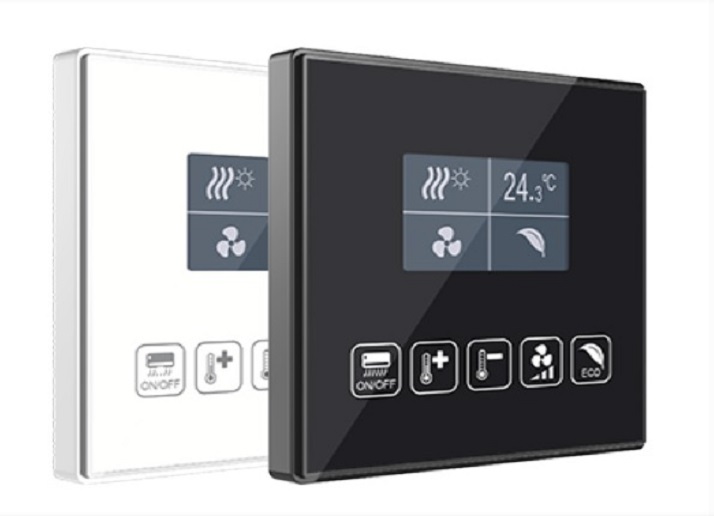What is a Capacitive Switch?
As touch screen solutions have become more prevalent especially with the use of smartphones, capacitive switches have also become a very popular interface solution. A capacitive switch is a type of touch controlled electrical switch that operates by measuring change in capacitance. It works in the same way as a smartphone with a capacitive touch screen. Essentially, a small electrical charge is transferred from your body to the switch when the surface is touched, which causes a change in capacitance. The switch detects the change in capacitance and responds with the appropriate command.
Upon touching a capacitive switch, this electrical charge disturbs the switch’s own electrical charge; thus, causing a change in capacitance. Because of this change, the switch can identify when and where the touch occurred.
Capacitive Switch Construction:
A capacitive switch consists of three main layers, the graphic overlay, the circuit, and the backer:
- The overlay consists of the graphic artwork and can also include windows, embossing, coatings, adhesives, and selective texturing.
- The circuit switch will either be a Flexible Printed Circuit or a Printed Circuit Board.
- The backer is the final part of the capacitive switch, and may or may not include an adhesive that must bond to your specific substrate. The most common materials used for overlays are plastic, acrylic, and glass due to their durability and versatility.
Benefits of Using Capacitive Switches:
- Easy to clean
- Backlighting capabilities
- Highly decorative solutions
- Cost effective
- Integration of displays

